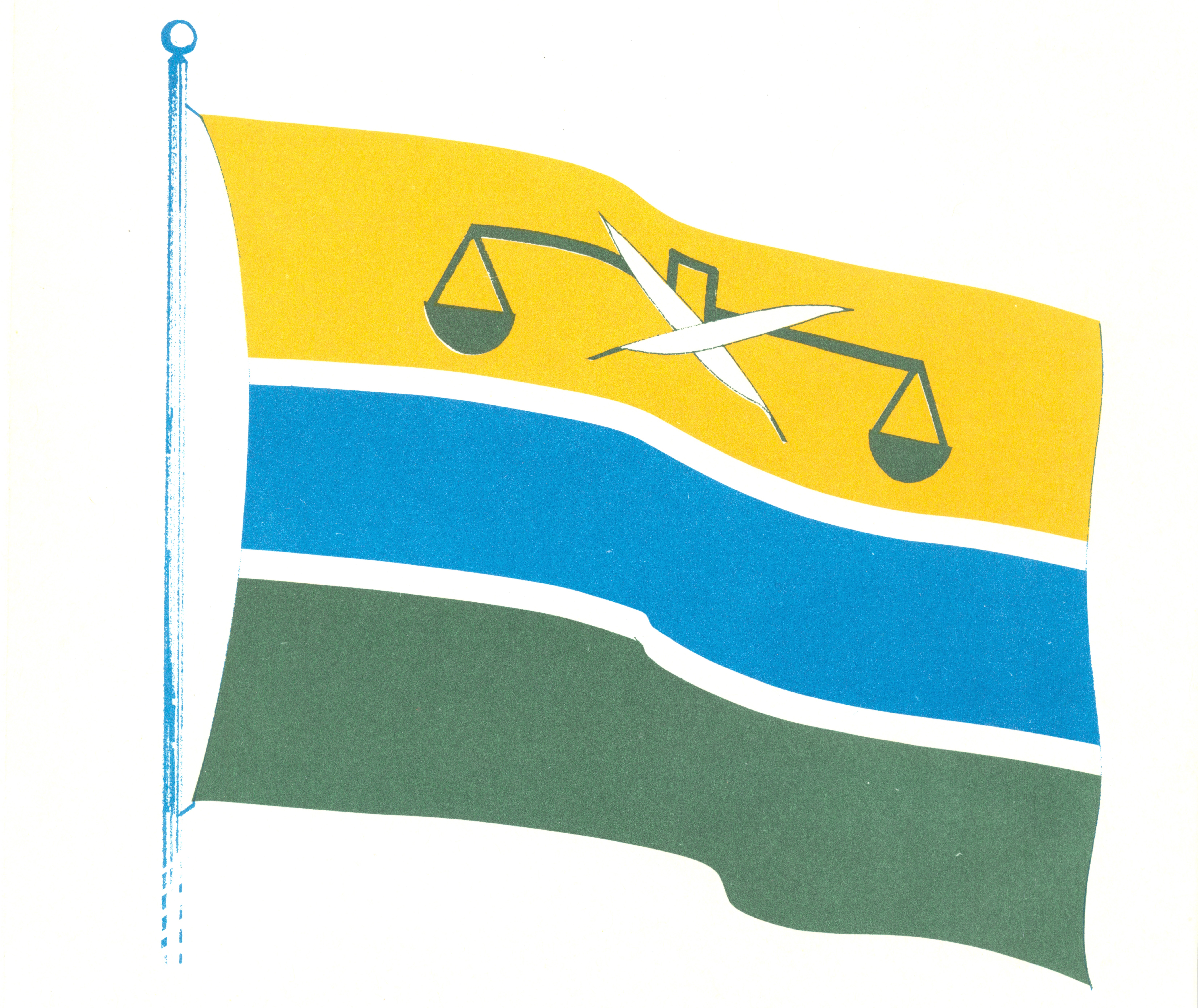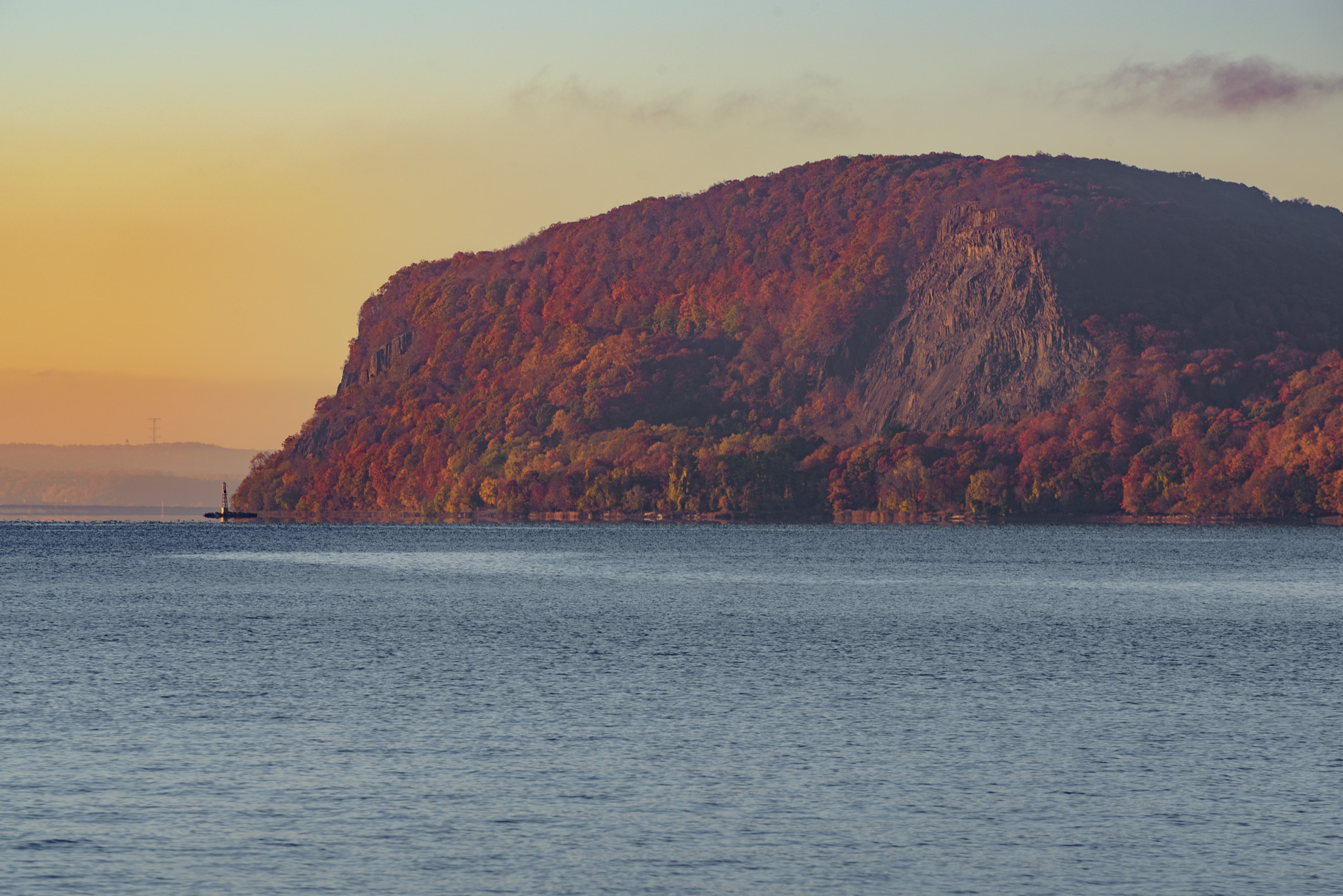|
Fall Brook Gorge
Fall Brook Gorge is located in the Town of Geneseo in Livingston County, New York, outside the Village of Geneseo. It is an excellent example of Upper and Middle Devonian rock formations. It was designated a National Natural Landmark in January 1970. It is on private land. See also *List of National Natural Landmarks in New York __NOTOC__ The National Natural Landmarks in New York include 28 of the almost 600 National Natural Landmarks (NNLs) in the United States. Twenty-six landmarks are contained entirely within New York; the two exceptions are the Palisades of the Huds ... References National Natural Landmarks in New York (state) Landforms of Livingston County, New York Tourist attractions in Livingston County, New York Canyons and gorges of New York (state) {{LivingstonCountyNY-geo-stub ... [...More Info...] [...Related Items...] OR: [Wikipedia] [Google] [Baidu] |
Geneseo (town), New York
Geneseo is a town in Livingston County in the Finger Lakes region of New York, United States. It is at the south end of the five-county Rochester Metropolitan Area. The population of the town was 10,483 at the 2010 census. The English name "Geneseo" is an anglicization of the Iroquois name for the earlier Iroquois town there, ''Gen-nis-he-yo'' (which means "beautiful valley"). The village of Geneseo lies within the western portion of the town. The village and town are known today mainly as the home of the State University of New York at Geneseo. History Pre-revolution Near Geneseo was the largest Seneca village, Chenussio, a center of power for the Iroquois Confederacy. It was also the confederacy's "bread basket", with orchards, vineyards, and fields of maize and vegetables. During the American Revolution, the Seneca joined the British and the Tories against the colonists who were fighting for independence. The alliance's raids from the west were a major threat to ... [...More Info...] [...Related Items...] OR: [Wikipedia] [Google] [Baidu] |
Livingston County, New York
Livingston County is a county in the U.S. state of New York. As of the 2020 census, the population was 61,834. Its county seat is Geneseo. The county is named after Robert R. Livingston, who helped draft the Declaration of Independence and negotiated the Louisiana Purchase. Livingston County is part of the Rochester Metropolitan Statistical Area. History On February 23, 1821, Livingston County, New York was formed from Ontario and Genesee Counties. The twelve original towns were: Avon, Caledonia, Conesus, Geneseo (county seat), Groveland, Leicester, Lima, Livonia, Mount Morris, Sparta, Springwater, and York. Part of North Dansville was annexed from Steuben County in 1822 and became a separate town when Sparta was divided in 1846. At the same time, the town of West Sparta was also formed from Sparta. The towns of Nunda and Portage were annexed in 1846 and the town of Ossian was annexed in 1857 from Allegany County. Avon, Williamsburgh, and the hamlet of Lakevil ... [...More Info...] [...Related Items...] OR: [Wikipedia] [Google] [Baidu] |
New York (state)
New York, officially the State of New York, is a state in the Northeastern United States. It is often called New York State to distinguish it from its largest city, New York City. With a total area of , New York is the 27th-largest U.S. state by area. With 20.2 million people, it is the fourth-most-populous state in the United States as of 2021, with approximately 44% living in New York City, including 25% of the state's population within Brooklyn and Queens, and another 15% on the remainder of Long Island, the most populous island in the United States. The state is bordered by New Jersey and Pennsylvania to the south, and Connecticut, Massachusetts, and Vermont to the east; it has a maritime border with Rhode Island, east of Long Island, as well as an international border with the Canadian provinces of Quebec to the north and Ontario to the northwest. New York City (NYC) is the most populous city in the United States, and around two-thirds of the state's populat ... [...More Info...] [...Related Items...] OR: [Wikipedia] [Google] [Baidu] |
Geneseo, New York
Geneseo is a town in Livingston County in the Finger Lakes region of New York, United States. It is at the south end of the five-county Rochester Metropolitan Area. The population of the town was 10,483 at the 2010 census. The English name "Geneseo" is an anglicization of the Iroquois name for the earlier Iroquois town there, ''Gen-nis-he-yo'' (which means "beautiful valley"). The village of Geneseo lies within the western portion of the town. The village and town are known today mainly as the home of the State University of New York at Geneseo. History Pre-revolution Near Geneseo was the largest Seneca village, Chenussio, a center of power for the Iroquois Confederacy. It was also the confederacy's "bread basket", with orchards, vineyards, and fields of maize and vegetables. During the American Revolution, the Seneca joined the British and the Tories against the colonists who were fighting for independence. The alliance's raids from the west were a major threat to t ... [...More Info...] [...Related Items...] OR: [Wikipedia] [Google] [Baidu] |
Middle Devonian
The Devonian ( ) is a geologic period and system of the Paleozoic era, spanning 60.3 million years from the end of the Silurian, million years ago (Mya), to the beginning of the Carboniferous, Mya. It is named after Devon, England, where rocks from this period were first studied. The first significant adaptive radiation of life on dry land occurred during the Devonian. Free-sporing vascular plants began to spread across dry land, forming extensive forests which covered the continents. By the middle of the Devonian, several groups of plants had evolved leaves and true roots, and by the end of the period the first seed-bearing plants appeared. The arthropod groups of myriapods, arachnids and hexapods also became well-established early in this period, after starting their expansion to land at least from the Ordovician period. Fish reached substantial diversity during this time, leading the Devonian to often be dubbed the Age of Fishes. The placoderms began dominating al ... [...More Info...] [...Related Items...] OR: [Wikipedia] [Google] [Baidu] |
National Natural Landmark
The National Natural Landmarks (NNL) Program recognizes and encourages the conservation of outstanding examples of the natural history of the United States. It is the only national natural areas program that identifies and recognizes the best examples of biological and geological features in both public and private ownership. The program was established on May 18, 1962, by United States Secretary of the Interior Stewart Udall. The program aims to encourage and support voluntary preservation of sites that illustrate the geological and ecological history of the United States. It also hopes to strengthen the public's appreciation of the country's natural heritage. As of January 2021, 602 sites have been added to the National Registry of Natural Landmarks. The registry includes nationally significant geological and ecological features in 48 states, American Samoa, Guam, Puerto Rico, and the U.S. Virgin Islands. The National Park Service administers the NNL Program and if request ... [...More Info...] [...Related Items...] OR: [Wikipedia] [Google] [Baidu] |
List Of National Natural Landmarks In New York
__NOTOC__ The National Natural Landmarks in New York include 28 of the almost 600 National Natural Landmarks (NNLs) in the United States. Twenty-six landmarks are contained entirely within New York; the two exceptions are the Palisades of the Hudson which extends along the Hudson River into New Jersey, and the Chazy Fossil Reef which spans several Lake Champlain islands belonging to both New York and Vermont. New York's NNLs cover unique landforms carved by glacial meltwater, a rare meromictic lake, several exposed fossil sites, and the largest open fault system in the United States. The state's first NNLs, Bergen-Byron Swamp and Mianus River Gorge, were designated in 1964 and are the oldest NNLs in the nation; New York's newest NNL is the Albany Pine Bush, designated in 2014. Owners include private individuals, non-governmental conservation organizations, and several municipal, state and federal agencies. Designation as a NNL does not guarantee that a property is open to the pub ... [...More Info...] [...Related Items...] OR: [Wikipedia] [Google] [Baidu] |
National Natural Landmarks In New York (state)
National may refer to: Common uses * Nation or country ** Nationality – a ''national'' is a person who is subject to a nation, regardless of whether the person has full rights as a citizen Places in the United States * National, Maryland, census-designated place * National, Nevada, ghost town * National, Utah, ghost town * National, West Virginia, unincorporated community Commerce * National (brand), a brand name of electronic goods from Panasonic * National Benzole (or simply known as National), former petrol station chain in the UK, merged with BP * National Car Rental, an American rental car company * National Energy Systems, a former name of Eco Marine Power * National Entertainment Commission, a former name of the Media Rating Council * National Motor Vehicle Company, Indianapolis, Indiana, USA 1900-1924 * National Supermarkets, a defunct American grocery store chain * National String Instrument Corporation, a guitar company formed to manufacture the first resonator ... [...More Info...] [...Related Items...] OR: [Wikipedia] [Google] [Baidu] |
Landforms Of Livingston County, New York
A landform is a natural or anthropogenic land feature on the solid surface of the Earth or other planetary body. Landforms together make up a given terrain, and their arrangement in the landscape is known as topography. Landforms include hills, mountains, canyons, and valleys, as well as shoreline features such as bays, peninsulas, and seas, including submerged features such as mid-ocean ridges, volcanoes, and the great ocean basins. Physical characteristics Landforms are categorized by characteristic physical attributes such as elevation, slope, orientation, stratification, rock exposure and soil type. Gross physical features or landforms include intuitive elements such as berms, mounds, hills, ridges, cliffs, valleys, rivers, peninsulas, volcanoes, and numerous other structural and size-scaled (e.g. ponds vs. lakes, hills vs. mountains) elements including various kinds of inland and oceanic waterbodies and sub-surface features. Mountains, hills, plateaux, and plains are the fou ... [...More Info...] [...Related Items...] OR: [Wikipedia] [Google] [Baidu] |
Tourist Attractions In Livingston County, New York
Tourism is travel for pleasure or business; also the theory and practice of touring, the business of attracting, accommodating, and entertaining tourists, and the business of operating tours. The World Tourism Organization defines tourism more generally, in terms which go "beyond the common perception of tourism as being limited to holiday activity only", as people "travelling to and staying in places outside their usual environment for not more than one consecutive year for leisure and not less than 24 hours, business and other purposes". Tourism can be domestic (within the traveller's own country) or international, and international tourism has both incoming and outgoing implications on a country's balance of payments. Tourism numbers declined as a result of a strong economic slowdown (the late-2000s recession) between the second half of 2008 and the end of 2009, and in consequence of the outbreak of the 2009 H1N1 influenza virus, but slowly recovered until the COVID-19 ... [...More Info...] [...Related Items...] OR: [Wikipedia] [Google] [Baidu] |





.jpg)
